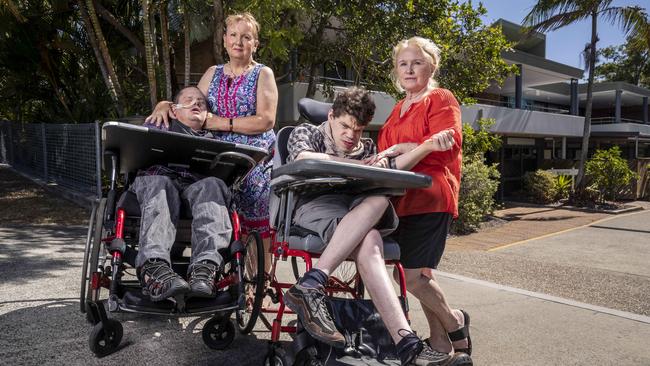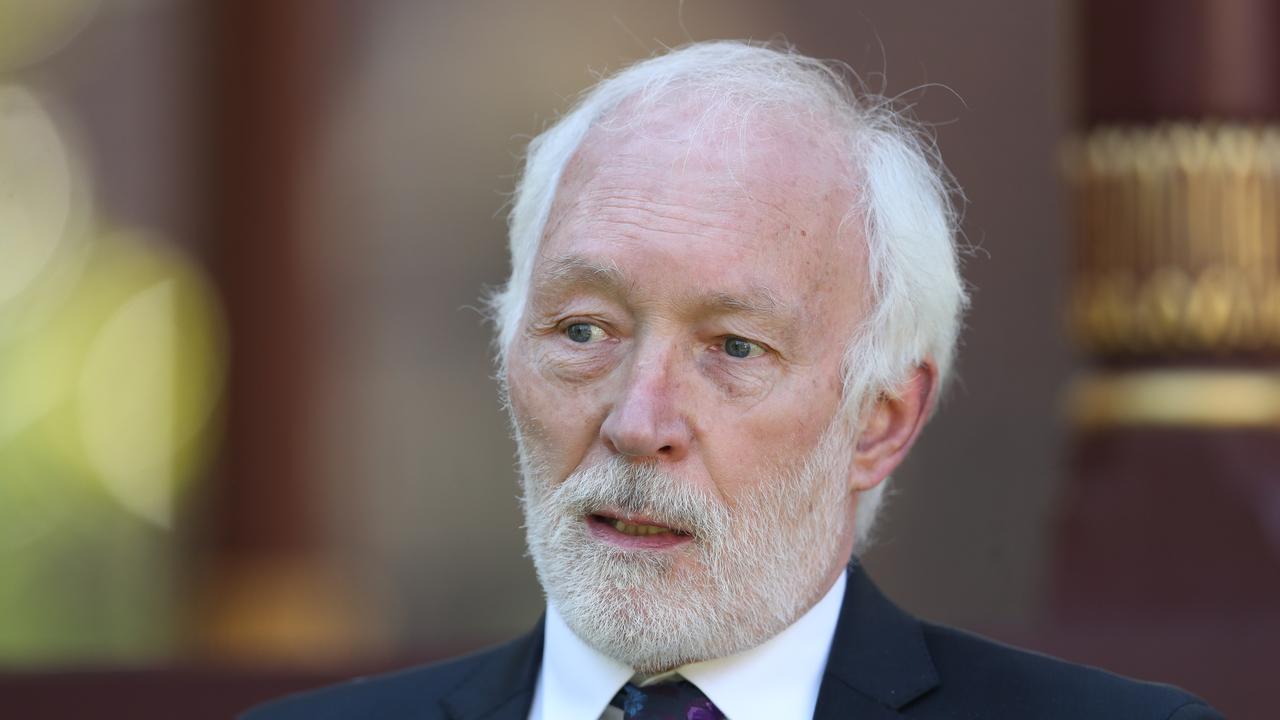Innocents pay price in NDIS brawl over who should pay for nurses
A standoff between two levels of government over funding in the NDIS is brewing, with 39 disabled people caught in the middle.

A standoff between two levels of government over health funding in the $22 billion National Disability Insurance Scheme is brewing, with 39 profoundly disabled people caught in the middle of an argument about who should pay for nurses.
Families of those living at the specialist disability and health accommodation Halwyn Centre in Brisbane’s inner city were told by the Palaszczuk government earlier this month the facility will close in November due to funding restrictions under the NDIS that prevent service providers from housing more than 15 people in a single home.
Despite being told the landmark disability scheme will fund the nursing care many of the residents need, the NDIS is adamant it was never designed to pick up the medical bill from state governments, which have traditional budget responsibility for health.
While all 39 residents of the Halwyn Centre have NDIS support packages, none of them includes health funding.
Social Services Minister Paul Fletcher will meet Queensland Health Minister Steven Miles this week, just days after the agency in charge of the NDIS conceded for the first time that blurred lines between health and disability have emerged as a “cost pressure”.
“New financial pressures are emerging from the interface of the NDIS with the health system,” it says in a quarterly report released earlier this month.
“This is evident from Administrative Appeals Tribunal cases that relate to scheme access, and the reasonable and necessary supports available under the NDIS. The National Disability Insurance Agency is working with commonwealth and state/territory governments to better define the boundaries between the health system and the NDIS.”
Patricia Dear, the mother of 44-year-old Kearon, who has lived at Halwyn for 33 years, wrote to Scott Morrison to say her son and others had been “thrown to the wolves” by the insurance scheme.
“Myself and other families with loved ones who call Halwyn home are at the point of desperation,” she says.
“We are being forced to accept completely unsuitable and indeed, dangerous options for the care of our family members.”
A spokeswoman for Mr Miles said the “transition (to a new scheme) should not leave vulnerable Queenslanders any less well supported and cared for”.
The Australian first revealed the AAT decision that found the NDIS was wrong to claim it would not fund nursing care for a severely disabled woman with diabetes who requires trained medical staff to administer insulin multiple times a day.
When the scheme launched in 2013, with four sites around Australia, only a vague set of “applied principles” that set out “who pays for what” were included as add-ons in COAG agreements. They were never legislated.
More than five years later and senior officials from all jurisdictions have been working on a delineation of responsibilities under the NDIS and other service systems such as health, education, justice and child protection.
In the middle of 2016, Queensland Metro North Hospital and Health Service chief executive Ken Whelan wrote to Halwyn families to “assure” them residents would be “cared for”.
This month MNHHS executive director Tami Photinos wrote to families to explain the Halwyn Centre “did not meet the minimum design requirements” to be eligible as an accommodation provider under the NDIS.



To join the conversation, please log in. Don't have an account? Register
Join the conversation, you are commenting as Logout